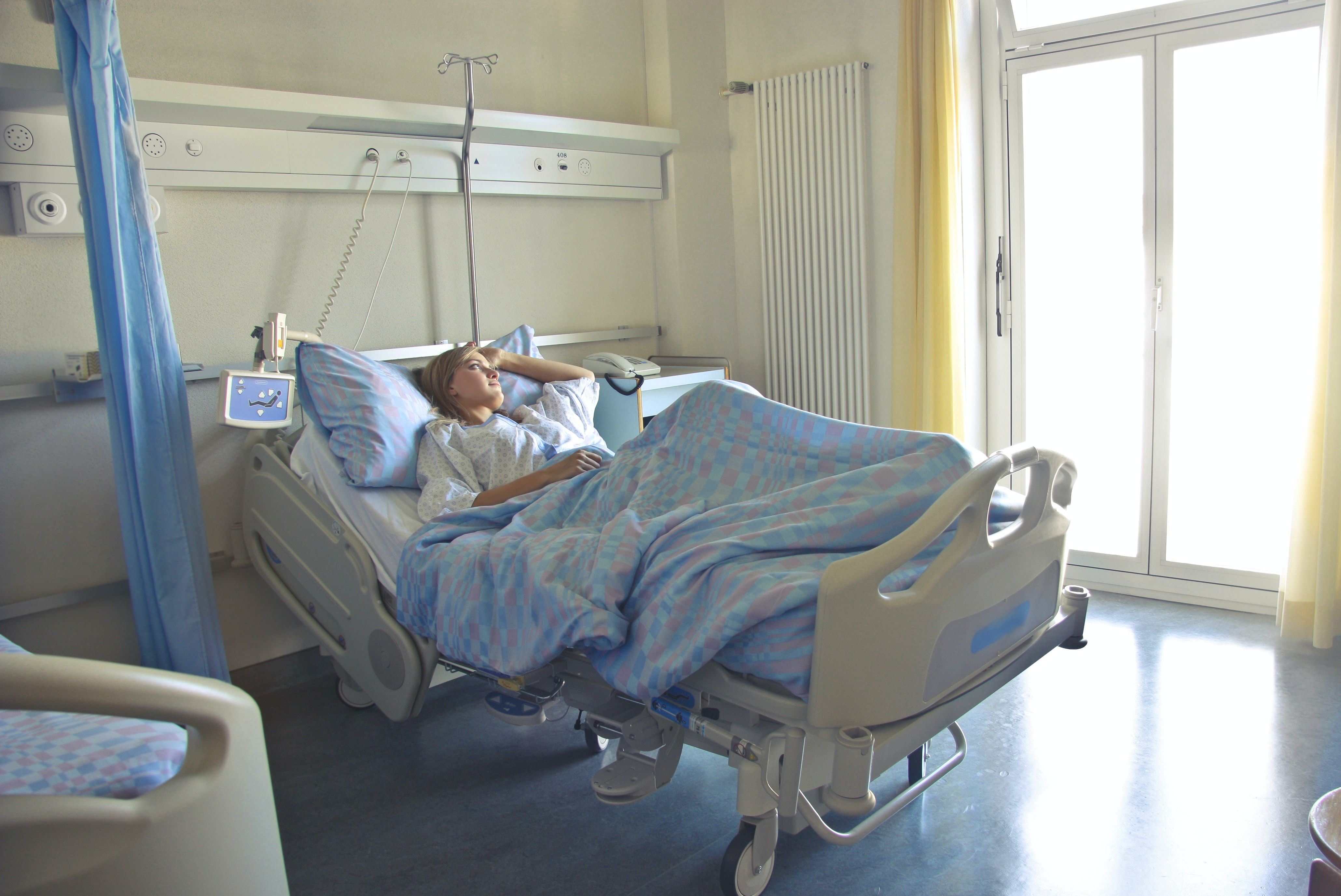Article
Investigators Identify Geographic Cirrhosis Trends
Author(s):
The highest global cirrhosis prevalence was found in the East and Southeast Asia, mainly caused by high levels of hepatitis prevalence in those areas.

New research shows exactly where cirrhosis is more prevalent around the world.
A team, led by Kailu Fang, State Key Laboratory for Diagnosis and Treatment of Infectious Diseases, National Clinical Research Center for Infectious Diseases, Collaborative Innovation Center for Diagnosis and Treatment of Infectious Diseases, The First Affiliated Hospital, College of Medicine, Zhejiang University, explored the time series associations between varying levels of risk factors and cirrhosis prevalence and predicted the cirrhosis prevalence under alternative scenarios to consolidate evidence for further intervention plans.
Examining the Data
In the study, the investigators collected data on cirrhosis and its risk factors from 1990-2019 in 178 countries.
They used a generalized linear mixed model to explore the time series associations between cirrhosis and risk factors and simulated scenarios with varying levels of risk factors and investigated benefits gained from the control of risk factors compared to the status quo.
The highest global cirrhosis prevalence was found in the East and Southeast Asia, varying greatly geographically. This prevalence was mainly caused by high levels of hepatitis prevalence in those areas.
The investigators also found with each 1% increase in prevalence of hepatitis B and C, cirrhosis prevalence correspondingly increased 0.028% and 0.288%, respectively.
“Given that cirrhosis prevalence has different risk factors depending on geography, it is important to identify an appropriate set of interventions for cirrhosis that are adapted to the epidemiological situation in a specific country,” the authors wrote. “Interventions targeting hepatitis may have a significant impact on global cirrhosis prevalence, therefore, the adoption of specific interventions for hepatitis in high-burden regions and high-risk groups is warranted to lower the global burden of cirrhosis.”
Surveillance
Recent study results highlight the need to develop better surveillance techniques for whether a patient who achieved a sustained virologic response following treatment for hepatitis C virus (HCV) will develop cirrhosis.
A team, led by Teresa Broquetas, Liver Section, Gastroenterology Department, Hospital del Mar, evaluated the accuracy of transient elastography (TE) at identifying cirrhosis 3 years following HCV-eradication.
The best variable to predict cirrhosis after sustained virologic response (area under the receiver operating characteristic [AUROC], 0.79) was transient elastography prior to DAA treatment.
In addition, a number of measures, including liver function parameters, serological non-invasive tests, and transient elastography values improved following sustained virologic responses.
Liver biopsies 3 years after the hepatitis C virus has been eliminated with a median time of 38.4 months helped identify cirrhosis in 53.9% (n = 41) of patients.
After the investigators conducted a multivariate analysis, they found HCV genotype 3 (OR, 20.81; 95% CI, 2.12-201.47; P = 0.009) and transient elastography prior to DAA therapy (OR, 1.21; 95% CI, 1.09-1.34; P <0.001) were deemed the only variables linked to cirrhosis following a sustained virologic response.
Despite this, the accuracy of transient elastography following sustained virologic response was considered poor (AUROC, 0.75), with 27.3% (n = 6) of patients with transient elastography less than 8 kPa having cirrhosis. There were similar results found in the serological non-invasive tests of APRI and FIB-4.
The study, “Global cirrhosis prevalence trends and attributable risk factors-an ecological study using data from 1990-2019,” was published online in Liver International.





